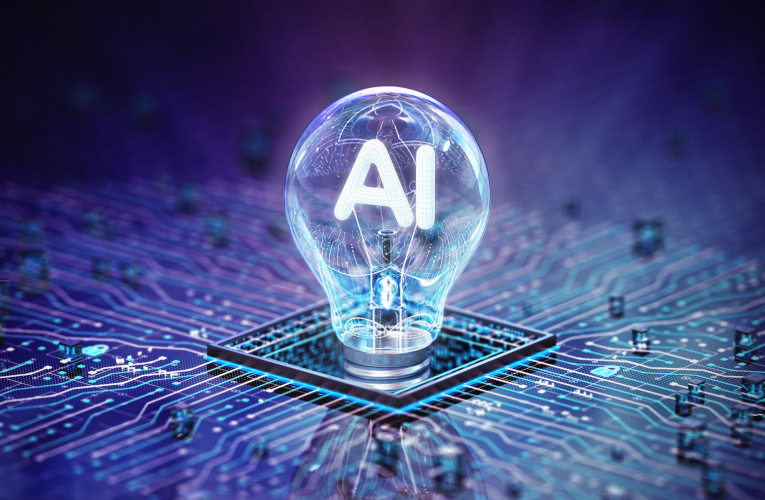
Industry Insights
The AI Paradox: Driving Demand, Delivering Solutions
As artificial intelligence (AI) adoption continues to grow, so does the demand for the data centers that power it. According to the International Energy Agency’s (IEA) recently published Energy & AI Report, global electricity consumption from data centers is projected to more than double by 2030, placing unprecedented strain on energy systems worldwide. But what if AI, despite contributing to this surge in demand, also holds the key to managing it?
Turning AI from a challenge into an advantage depends on how and where it’s applied. When deployed at the grid edge, AI becomes a powerful enabler of a more intelligent, efficient and agile grid.
Smarter Grid Management Starts at the Edge
Utilities are already recognizing AI’s transformative potential. According to Itron’s Resourcefulness Insight Report, which surveyed over 600 utility executives from six countries, safety (49%), predictive maintenance (42%), energy savings (40%) and demand forecasting (37%) were cited as the top AI and ML use cases.
The takeaway from the research was clear: to manage the complexities of today’s energy ecosystem, utilities require more than just better data—they need real-time visibility, localized flexible control solutions that can adapt dynamically to changing conditions. These are the core capabilities that AI- and ML-powered intelligence in the low-voltage network deliver. By moving intelligence to the edge, where data is generated and situational context is clear, utilities dramatically reduce latency and enable high-frequency, real-time decision making that can help to mitigate outages, optimize energy flows and facilitate the integration of distributed energy resources.
Advancing the Grid, One Node at a Time
AI and ML’s effectiveness depends entirely on the quality and timeliness of data. To scale AI-driven solutions successfully, several key enablers are critical:
- Location awareness: Low voltage sensors collaborate to self-identify their phase attach and which customers are on which transformers, allowing for contextually informed decision making.
- Low-latency communication: Fast, direct links between sensors enable rapid, coordinated responses to grid fluctuations before they escalate.
- Hyperlocal control: Edge DERMS (Distributed Energy Resource Management Systems) address localized challenges in real time, while maintaining alignment with central control systems to ensure overall grid stability.
Instead of routing every signal back to a central hub, which introduces delays and potential bottlenecks, local nodes can autonomously assess conditions and communicate laterally with neighboring nodes. This decentralized approach based on situational awareness enables faster, smarter and more responsive grid management, improving grid stability during severe weather events, peak hours, capacity shortfalls, and/or fluctuating demand / distributed generation become the norm rather than the exception.
Turning AI Challenges into Grid Opportunities
While AI contributes to rising electricity demand, there’s something to be said about its value at the grid edge. Here, it becomes a powerful enabler, optimizing infrastructure, unlocking efficiency and strengthening resilience for the challenges ahead.
Read more about the AI paradox in this Energy Magazine article.
Related Articles
HTML Example
A paragraph is a self-contained unit of a discourse in writing dealing with a particular point or idea. Paragraphs are usually an expected part of formal writing, used to organize longer prose.

